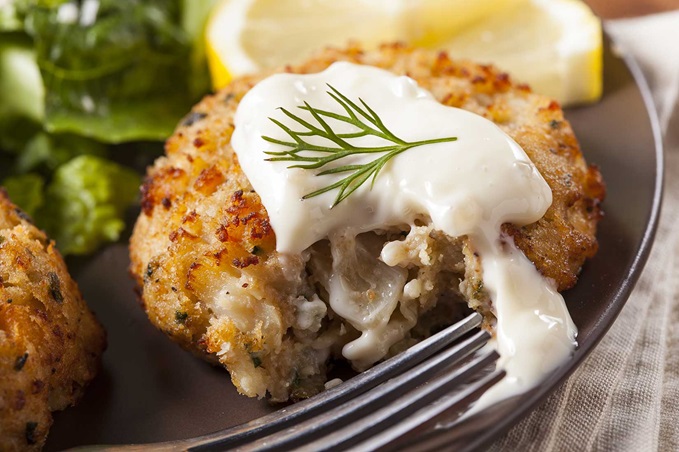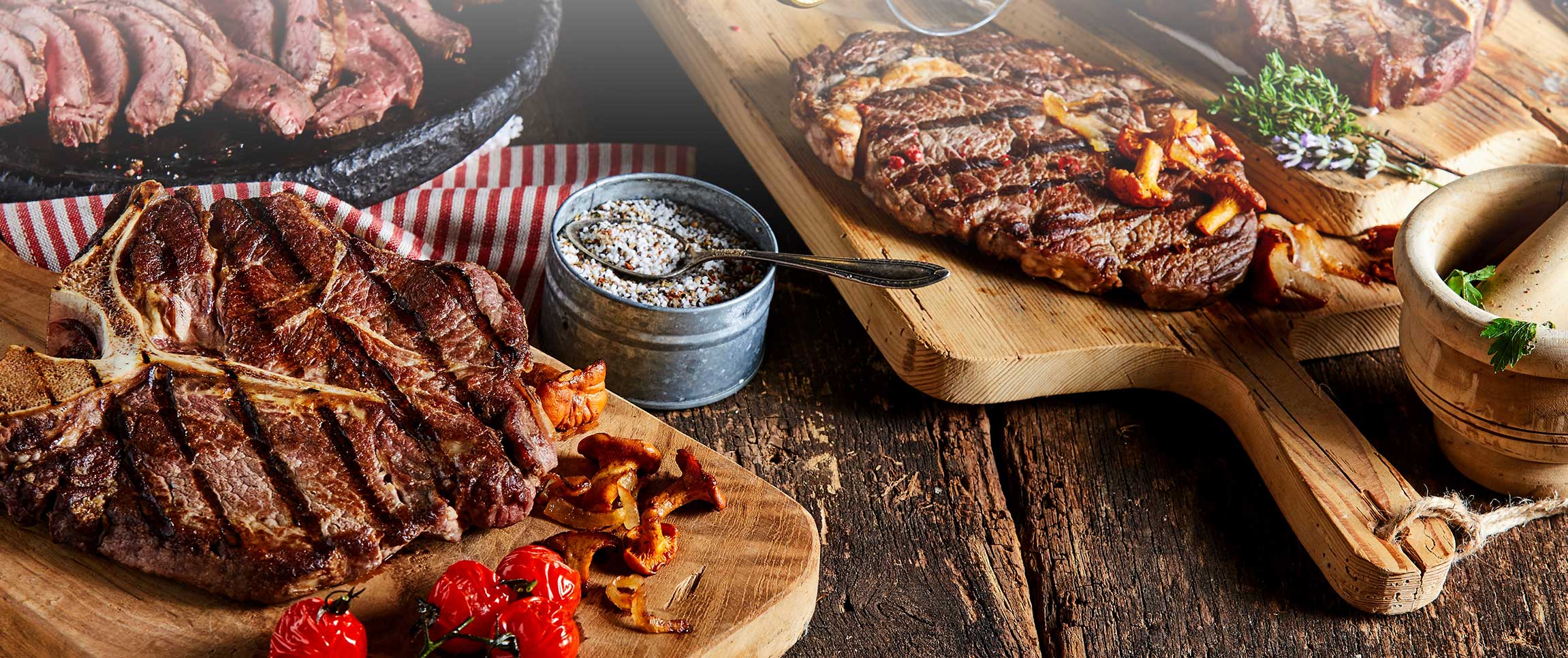Veggies, seafood, and substitute cuts can help you navigate meat challenges brought on by COVID-19.
The effects of the pandemic have rippled throughout the industry, impacting nearly all segments. In response, we have seen an inspiring wave of innovation as restaurants have strengthened their takeout and delivery processes, enhanced their marketing strategies, and injected bold, fresh ideas into their menus. One difficult factor for restaurant operators has been the volatile protein market. But as we’ve seen in the rest of the industry, a little creativity can go a long way.
Beef
At this time, it may be a challenge to offer your typical cuts of meat while maintaining costs. Fortunately, there are a number of alternative cuts that will approximate standard quality at a more manageable price point. Rather than using center cut steaks, end-to-end cuts make great substitutions that will save money and allow chefs to use the same fabricated steak. A head cut filet eats the same as a center cut, but the savings will make a difference. Even a New York strip tenderized nerve end steak in place of a center cut strip will have a positive impact on the bottom line. Apply your creative instincts to alternative steaks and try some of these options:
- Sirloin Cap Steaks
- Top and Bottom Round Steaks
- Cubed Steaks
- Ball Tip Steaks
The current cost challenges can actually allow that inner butcher to emerge. Cutting your own steaks in-house will reduce costs on premium central cut primal. The trim for butchering can be ground for a signature burger. Soups and stews are great outlets for the extras as well. Let your creative juices run wild and use end primal meat segments in place of ribeye and tenderloins. Here are some great suggestions that are profitable and full of flavor:
- Inside Skirt
- Outside Skirt
- Teres Major
- Flap Meat
Pork
When it comes to pork, barbecue joints and other similar restaurants can really benefit from cut flexibility. Cheek meat, bone-in Boston butts, pork shoulder, and cushion meat are strong substitutes for the more traditional boneless butts and pork loins, but the quality is still quite good at a more competitive price point. Consumers love ribs, and many operations can benefit from featuring country-style pork ribs or whole spareribs. These finger-lickin’ treats can be prepared in a variety of ways using different flavors, while increasing profits and controlling costs. Chefs can cut their own pork chops and bacon from prime cuts, creatively using the excess trim and fat for house-made meatballs and sausage. And certainly not just for the birds, duck and goose breasts, as well as ostrich meat, offer lighter meat options. Veggies
Veggies
Of course, animal protein is merely one alternative to beef-esque dishes. The mushroom family is packed with on-trend options, including portabella — with its darker, deep, and rich flavors. The button variety is lighter, more in the vein of pork, while eggplant western, or Japanese mushrooms have multiple applications. Having become a de rigueur aspect of menus nationwide, veggie alternatives such as impossible or beyond dishes, are both essential and cost-effective. Beans — kidney, black, and fava —legumes, and lentils are packed with protein, and can be easily molded into burgers, while tofu, grilled cauliflower, potatoes, and beets add flavor and texture that bring beef to mind.
It’s important to remember that protein is a nutrient made of amino acids, which are the building blocks necessary for critical structures like muscles, bones, skin, and hair. So, consumers are acutely aware of these facts and seek out food that both tastes great and is good for their bodies. That combination means that plant-based meals have already proven to be good for the bottom line. Take it a step further by focusing menus around veggie sources of protein, such as the following:
- Spinach
- Kale
- Broccoli
- Cauliflower
- Parsley
- Cucumbers
- Green peppers
- Cabbage
- Tomatoes
Seafood
And finally, what better substitute for meat dishes than the meat of the sea? Seafood provides an extensive amount of lighter meat choices. Consider the following when devising a menu:
- Swordfish
- Tuna
- Salmon
- Crab cakes
- Cod/pollock/haddock
- Clams/mussels
- Oysters
- Shrimp
- Crawfish tails
Don’t allow issues with meat to affect your bottom line. There are more than enough replacement protein options that can actually enhance menu diversity, connect with consumer trends, and make your restaurant more efficient and profitable at the end of day.



